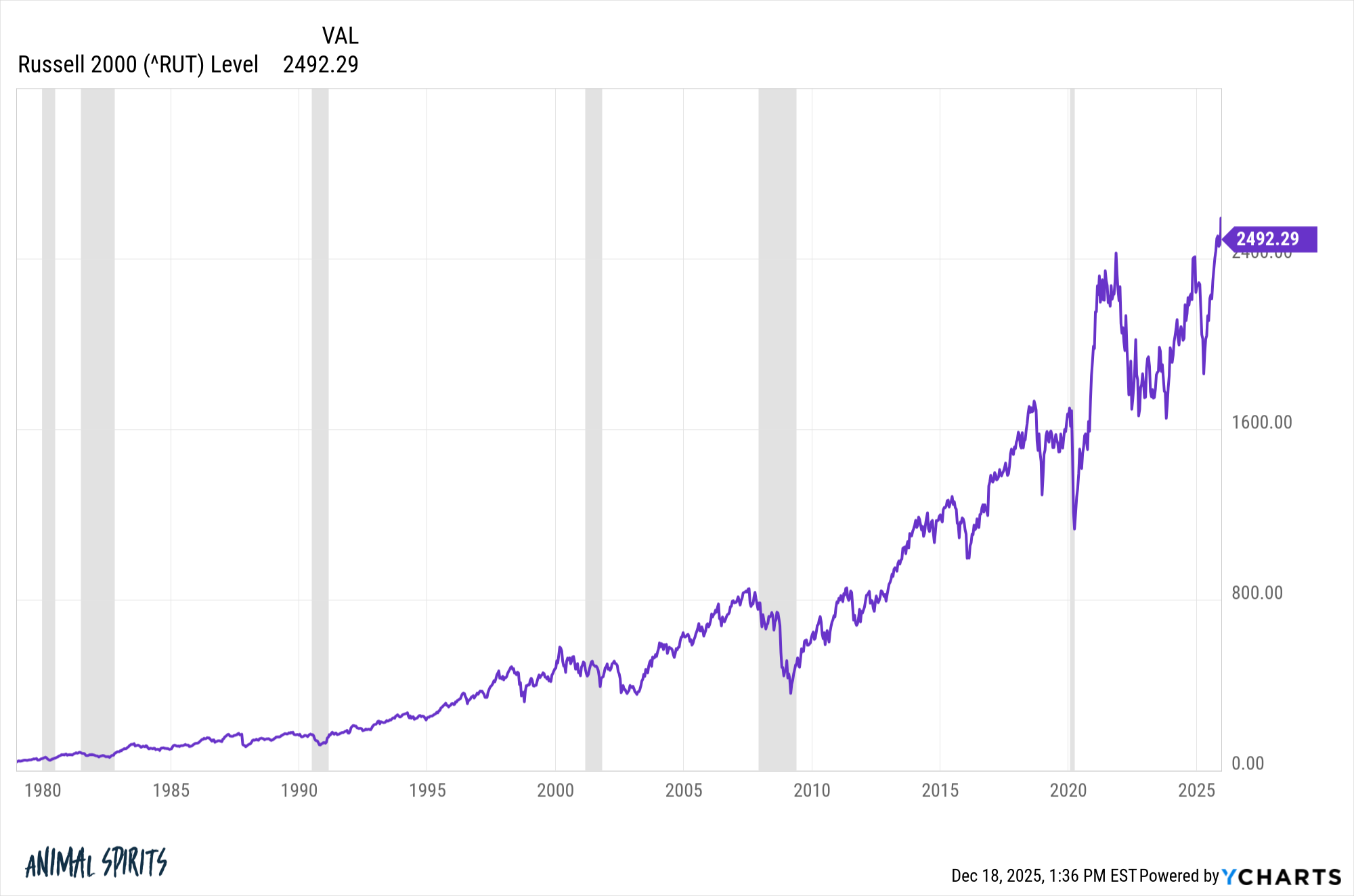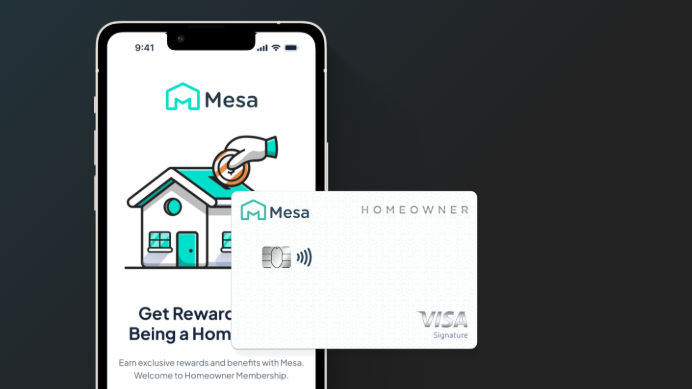Faced with unprecedented, fast-moving competition, modern marketers often grapple with a critical weigh-up. Should they prioritise immediate lead generation to boost short-term revenue? Or is it best to invest more deeply in brand awareness to build longer-term brand recognition and customer loyalty?
It’s a strategic choice further exacerbated by the need to align marketing efforts with sales objectives, to create cohesive strategies that actually drive overall business growth.
Two necessary forces
While lead generation is fundamental to capturing new interest in a product or service and further developing the sales pipeline, brand awareness is equally as critical when it comes to making your brand known to potential customers. Lead generation helps to identify these potential customers, with the goal of converting them into real-world clients, while brand awareness ensures the market remains familiar – and resonates – with the qualities that define the company.
Brand image also plays a key part in establishing customer loyalty through consistency in messaging and recognition-based trust, both of which are developed over time.
Given the importance of the two, overemphasising one at the expense of the other can have a lasting impact on overall business performance.
The case for lead generation
Many companies see lead generation as the top priority, with HubSpot’s 2025 State of Marketing Report revealing that 34 per cent of marketing professionals had made connecting with new, potential customers their primary goal for this year.
The logic behind this weighting of priorities is that lead generation is better at driving more immediate business growth. Effective lead gen can attract a steady influx of new interest in the form of Marketing Qualified Leads (MQLs), providing sales teams with opportunities to turn promise into sealed deals.
The importance of brand awareness
When brand awareness takes a back seat to lead gen, it might not hurt right away but over time, the cracks show. If people don’t remember you, they won’t buy from you. And when your competitors have a stronger presence, they’re the ones who stay top of mind, while your brand fades into the background.
Moreover, recognisable brands are often able to command a premium, simply because people know and trust them.
It’s a commercial advantage that early-stage companies risk missing out on when they focus too heavily on short-term growth at the expense of long-term brand building. Without that foundation, customer loyalty falters and as churn
rises, marketing costs increase, with teams forced to continuously restart the lead gen engine just to maintain momentum.
The power of alignment
It’s clear, then, that the activities of sales teams seeking to generate new leads and marketing teams serving to strengthen brand reputation must be brought together, under one strategic umbrella. Any disconnect here will only lead to fragmented messaging – confusing customers and weakening trust and which may ultimately lead to companies wasting valuable resources on misaligned efforts.
Misalignment between sales and marketing activities often causes businesses to lose out on a myriad of other growth opportunities. It’s therefore concerning that, according to Forrester’s Q2 2024 Sales and Marketing Alignment Survey, 65 per cent of professionals feel there is a lack of alignment between sales and marketing leaders within their firms.
Companies that can overcome this misalignment through actions, such as working towards shared KPIs that balance lead gen with brand awareness, can see a 32 per cent increase in year-on-year revenue growth, according to the Aberdeen Group.
Striking the right balance
Rather than viewing lead generation and brand awareness as mutually exclusive, business leaders must adopt a more balanced strategy that integrates both approaches under one strategic direction. This ensures sales opportunities, without those opportunities coming at the expense of building a sustainable brand for the future. In other words, leaders must learn to align lead generation with brand building and ensure sales and marketing teams are working in sync, not in silos.
Unified messaging across all channels
One of the most immediate and visible signs of disconnect between sales and marketing is inconsistent messaging. When the marketing team presents one brand promise and the sales team communicates another, customers receive a fragmented experience that erodes trust.
A unified message, on the other hand, ensures clarity across all touchpoints, from awareness-stage advertising to direct conversions. Lucidpress claims that consistent presentation across all platforms can increase revenue by as much as 50 per cent. When customers know what to expect, they are far more likely to engage and convert.
Shared KPIs and success metrics
Another frequent challenge is that the performance of marketing teams is often measured against volume-based metrics such as reach, impressions and MQLs, while sales teams are measured against conversion rates and revenue. Without shared performance metrics, teams risk working at cross purposes, undermining each other’s efforts, eroding trust, and ultimately reducing impact across the funnel.
Replacing this with shared success metrics, such as pipeline contribution, customer acquisition cost (CAC) and lifetime value (LTV) can help to bring them back together, with team members accepting accountability and aligning on outcomes that truly impact business performance. This one simple change shifts the focus from vanity metrics to commercial impact, encouraging joint ownership of results.
Collaborative planning and communication
Of course, routine, structured collaboration between both teams is also crucial to maintaining strategic alignment. This might mean joint planning sessions, weekly
standups, or shared campaign retrospectives. When both sides have a seat at the table, businesses benefit from a more holistic approach that integrates market dynamics and real-world buyer behaviour.
Sales teams bring insights from direct consumer interactions, while marketing teams offer a broader view of trends and positioning. Bringing these together enable campaigns to be highly targeted, while fostering a culture of collaboration where feedback flows in both directions for iterative improvements.
Customer-centric focus
Ultimately, however, the customer is the real nexus connecting a successful sales and marketing strategy, where lead gen and branding come together. Rather than treating the buyer journey as a handoff between departments, a customer-first approach must be adopted, where value is delivered at every stage from initial brand exposure to post-sales engagement. Sales teams bring frontline data and interest while marketing crafts the brand-reinforcing messaging to match.
Not either/or
The debate on lead generation vs brand awareness misses the real opportunity presented by an integrated strategy.
Growth doesn’t come from choosing one over the other. It comes from bringing everyone together under one unified strategy, driven by shared goals and strategies for cross-functional collaboration. When this alignment happens, businesses trade short-term wins and risky trade-offs for lasting momentum – the kind that drives sustainable growth.
Key takeaways
- Lead generation and brand awareness are both important to businesses.
- Lead generation is fundamental to capturing new interest in a product or service and further developing the sales pipeline, brand awareness is equally as critical when it comes to making your brand known to potential customers.
- Lead generation is fundamental to capturing new interest in a product or service and further developing the sales pipeline, brand awareness is equally as critical when it comes to making your brand known to potential customers.
- Lead generation helps to identify these potential customers, with the goal of converting them into real-world clients, while brand awareness ensures the market remains familiar – and resonates – with the qualities that define the company.
- Rather than treating the buyer journey as a handoff between departments, a customer-first approach must be adopted, where value is delivered at every stage from initial brand exposure to post-sales engagement.
Julia Payne is founder of Fractional CMO Services.
Read more
Standing out from the competition: five tips to nail your online branding – When you’re making decisions about online branding, it can be tempting to stay safe. Jake Arnos of Vistaprint explains why you shouldn’t
How to maximise the lead generation power of your company blog – Company blogs no longer serve as just website window dressing.
Marketing expert James Cox gives tips on putting together the right blog to generate leads
Lead generation hacks for solopreneurs that work like magic – How content marketing organisations can focus their goals around lead generation
Disclaimer: This story is auto-aggregated by a computer program and has not been created or edited by finopulse.
Publisher: Source link







